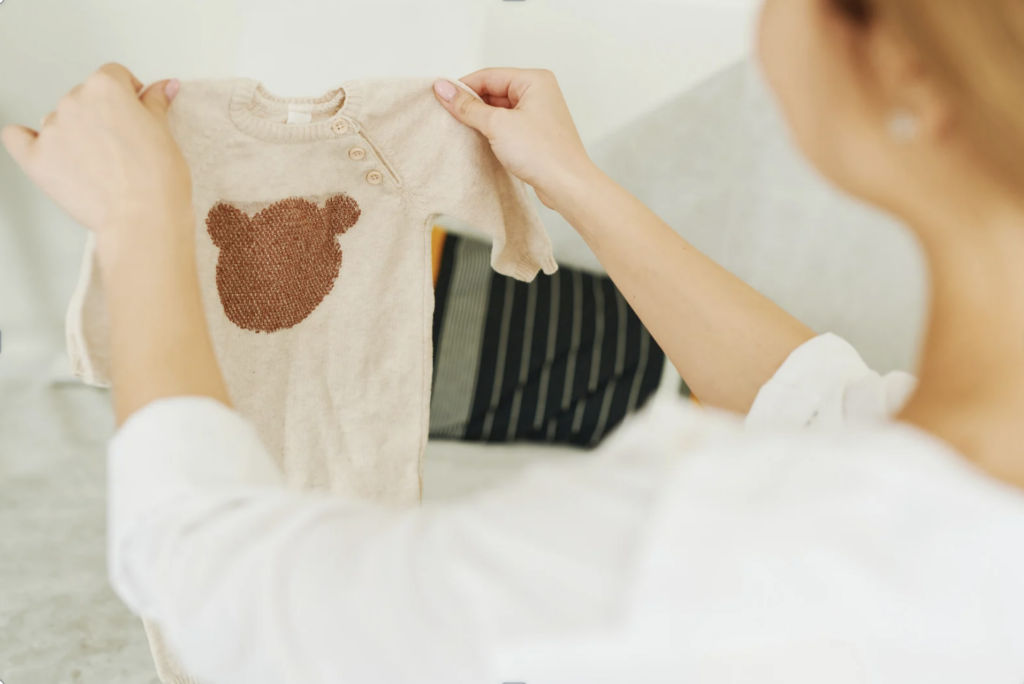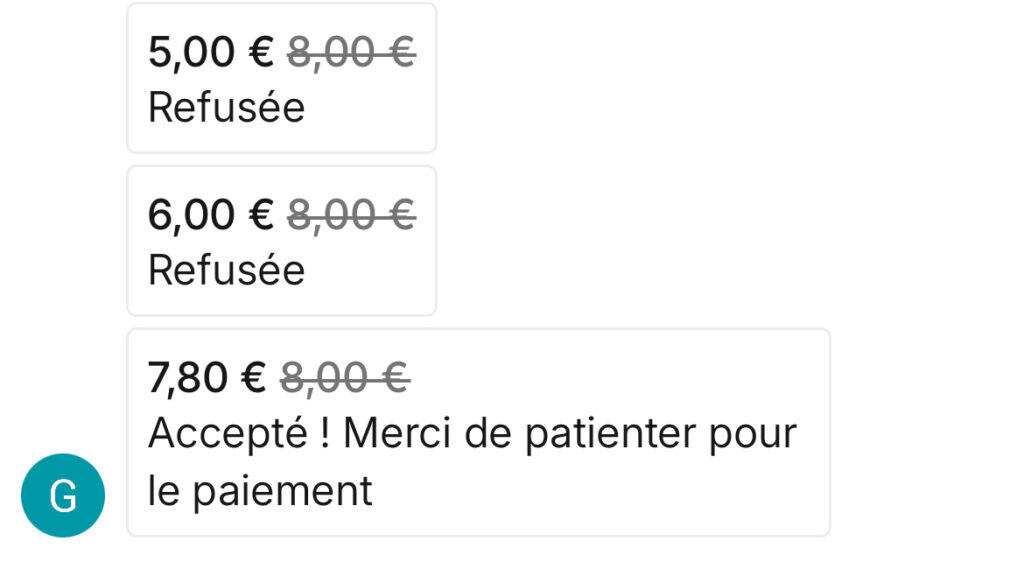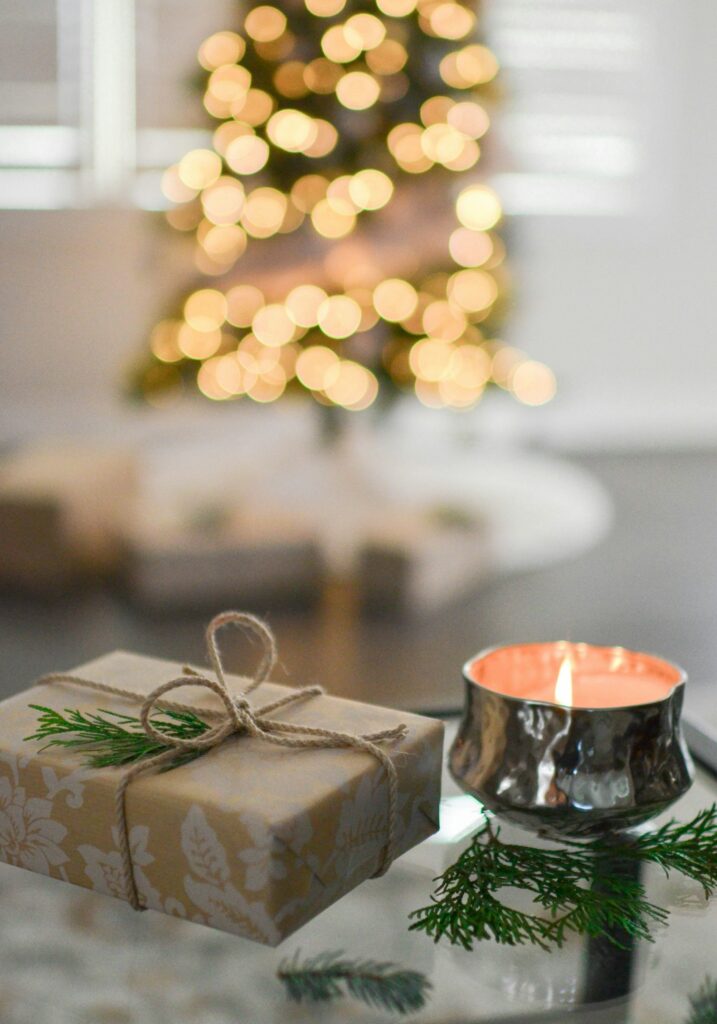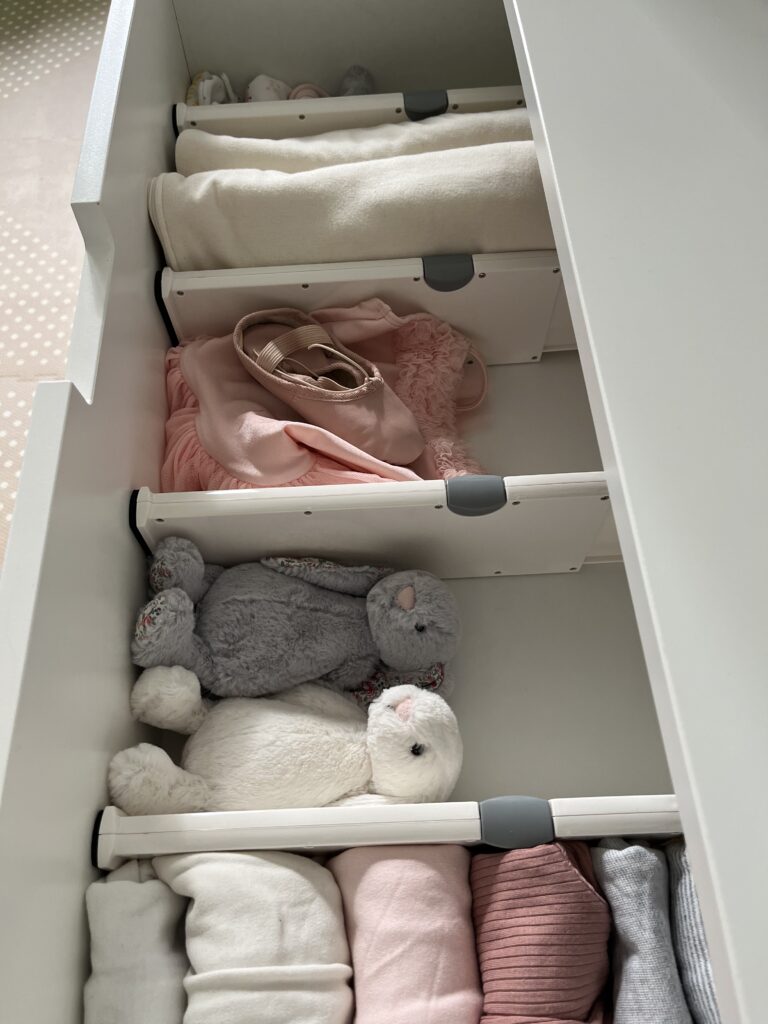Why I stopped selling second-hand baby items

I used to feel guilty about discarding my children’s used items. After all, many were still in really good condition, and it seemed like such a waste to just throw them away or even recycle them.
So, like many mums I know, I started selling gently-loved items online and through local WhatsApp groups. I liked the idea of passing them on to another family and I felt good knowing I was contributing to sustainability.
But over time, I’ve realised that selling second-hand isn’t the right solution for me. Here’s why I stopped — and why I encourage you to reconsider your position too.
The benefits of selling second-hand: a win for the planet
There’s no denying that selling second-hand is great for the environment. It reduces waste, gives items a second life, and keeps perfectly good things from ending up in a landfill. It can also be a nice way to make a bit of extra money (although I’ve found people often negotiate even already-low prices).
I still believe in these benefits. However, after trying to sell many baby and other items myself over the last few years, I’ve come to the conclusion that the time and energy involved aren’t really worth it. There were also some unpleasant instances that pushed me to take a long, if not permanent, break from selling second-hand baby items.
The emotional appeal of letting go
One of the things that I loved most in selling second-hand baby items was the idea that someone else would enjoy them. It warmed my heart to think that the objects that had served us would be accompanying another child, helping them out the way they helped us when we first bought them.
It’s an emotional way to think about letting go and It can certainly make parting with things easier.
The hidden costs: time, energy, and space
The truth is, selling second-hand items online often takes a lot of time and energy. Finding the platforms that suit your needs and understanding their specific rules can be a hurdle in itself. Personally, I’ve left two WhatsApp groups because I didn’t want to navigate through all the spoken and unspoken (or unenforced) rules.
Once you’ve decide where to sell, you have to minutely check the condition of the item, take photos, and write descriptions to post the announcement. For one second-hand marketplace, I always had to check the parcel services because nearby drop-off points were full or kept closing.
Then, you might have to deal with people negotiating your already-reasonable prices or ghosting you after agreeing to purchase an item. I’ve had the latter happen to me in-person a few times and it’s frustrating to say the least!

And then there’s the space — several mums I’ve worked with have areas in their home dedicated to items they’re selling. It’s usually a bag in the wardrobe, but in one case such items took up a whole corner of a garage.
Let’s not forget the mental space that managing all of this takes up too. Not just keeping track of the things you’re selling and making sure to ship or meet in-person to hand over the sold items, but also the small unpleasantries like ceaseless questions and negotiating.
It’s easy to overlook the hidden costs, but if you’re a busy mum with little spare time, they can very quickly outweigh the benefits. I know selling second-hand often left me feeling more stressed than happy.
So, how can we discard our baby items responsibly without adding to our already-full plates?
Embracing the joy of letting go
One of the biggest lessons I’ve learned in my tidying journey is that discarding doesn’t mean being wasteful. It’s actually about making space for what truly matters.
If you feel guilty letting go of an item because it’s still in good condition, try to shift your mindset by asking “what am I giving up in order to sell this?”
It’s likely the hidden costs mentioned above — time, energy, and physical and mental space — which, as a result, are preventing you from fully enjoying your home and life. One mum I spoke with lamented that her weekends were overtaken by her efforts to sell her children’s things, to such an extent that she regularly skipped family outings.
The flip side of the question is, “what am I gaining by selling this?”. After all, the money you paid for the item is already spent. My personal experience has been that the financial gain is minimal. It sometimes even made me sad to realise how little (monetary) value others saw in items that we had loved.
If, like me, your main drivers for selling second-hand baby items were environmental sustainability and the thought of serving another family, why not simply give them away?
Recycling and donating: sustainable alternatives to selling
If you’re still unsure about letting go of things without selling, I want to reassure you that there are other ways to contribute to sustainability and help others.
Donating items to a family you know or a local charity is a great alternative. I’ve found mums to whom I can give to directly and it’s always a joy to receive photos of their little ones enjoying our items. Even if you offer your items online to people you don’t know, I’ve found that taking money out of the equation simplifies the transaction. It’s an efficient way to free yourself of both the item and the burden of selling it.
For clothes that are no longer in good condition, textile recycling programmes are a great option. While there have been some highly publicised stories about mismanagement of donations, I have an acquaintance who works at an organisation collecting used textiles who assures that in Europe, the majority of organisations handle donations responsibly and efficiently.
Rethinking consumption and use
Letting go of the expectation to resell an item has led to several shifts for me, including:
- I try to pause and reflect before purchasing anything new. We live in a society where seemingly every problem can be solved through a purchase. Rather than getting swept up in the marketing, I ask myself if an item I already own can help me instead or if I can borrow what I’m looking for.
- I’ve also become more conscious of choosing items that serve multiple purposes or have lasting value.
- I buy with the intention of fully using an item, rather than planning to resell it later. I don’t worry about keeping it in mint condition — it’s impossible with kids — or hanging on to the box. It’s allowed us to truly enjoy the things we own.
- This, in turn, means that I feel less bad about not making the effort to resell an item. Because we ‘use up’ the items we buy (especially if we get them second-hand), it feels right to let them retire instead of selling them on.
- I’m more likely to invest in one good item, knowing that it will serve me well, rather than several mediocre ones. It means that I’m happier with each individual purchase, while keeping clutter at bay.
Conclusion: a new approach to tidying
For busy mums, selling second-hand items can be an extra burden, which is the last thing we need. I’ve seen it hinder people’s efforts to declutter and let go of things, even if they no longer spark joy.
You don’t have to resell to let go responsibly. By reflecting before purchasing, fully using what you buy, and choosing donation or recycling options, you can clear space without feeling the pressure of turning everything into a transaction.
If you’re ready to let go of your children’s things without the need to sell them, I encourage you to embrace a guilt-free approach. Focus on what sparks joy, and remember: letting go is not about being wasteful; it’s about making room for what truly matters.
Give yourself permission to let go with ease.


